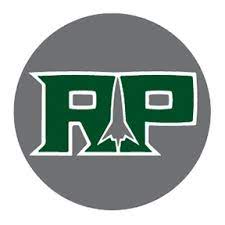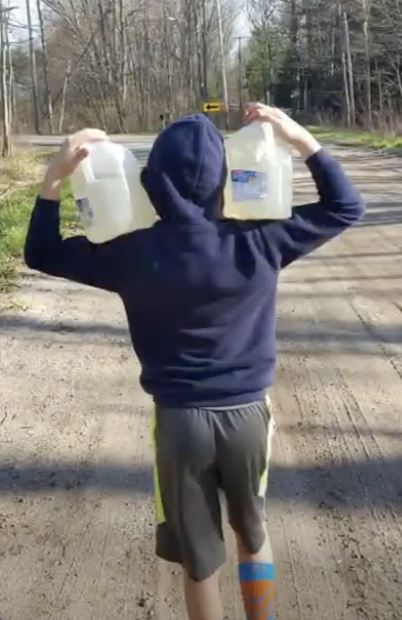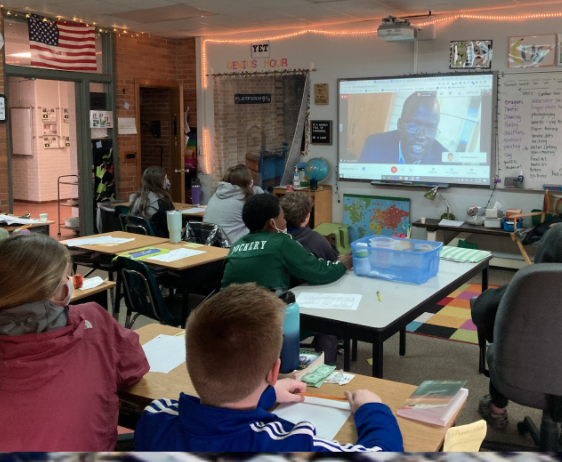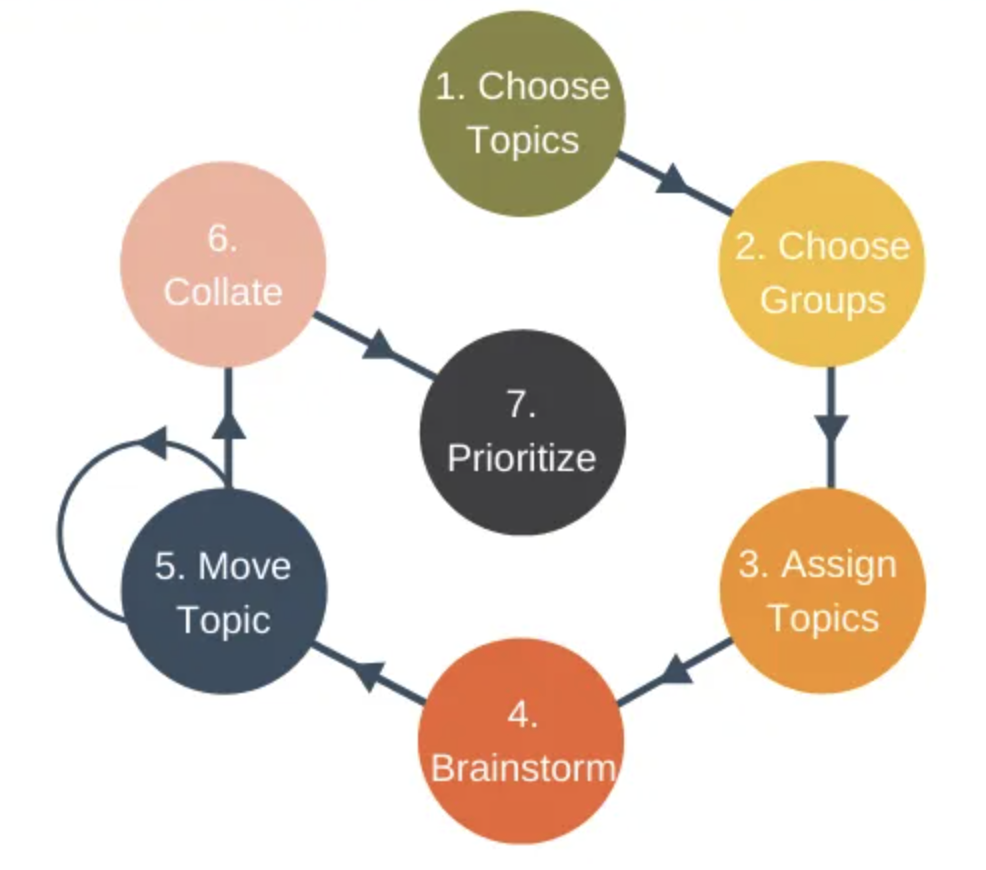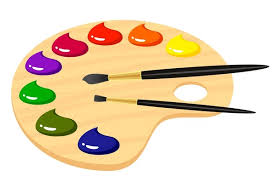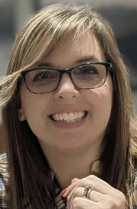A Long Walk to Water
|
How do we recognize strength within a group of people?
|
|
|
|
STUDENT REFLECTIONS "To have strength you have to get up and go for it because it doesn’t come to you." ~ Armani "It made me think about how people have to work so hard for something we get when we just turn on the pipes." ~Zayden |
|
|
Meet the Educators:
Melisa Overway teaches Social Studies and English Language Arts at Reeths-Puffer Intermediate School. Christina Marvin teaches 5th grade Science at Reeths-Puffer Intermediate School. “The impact this project had on our students was remarkable. They built empathy for others and collectively worked together to bring help to people all around the world. Most importantly, students began to realize that they too can bring about positive change.” - M. Overway “I was amazed by the students’ curiosity during this project. They were so eager to learn and to help around the world. This is one that they will remember for years!” ~ C. Marvin |
